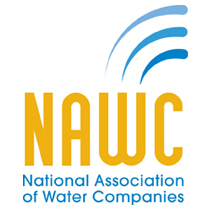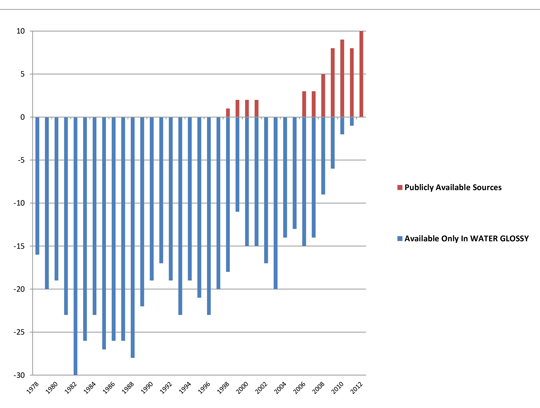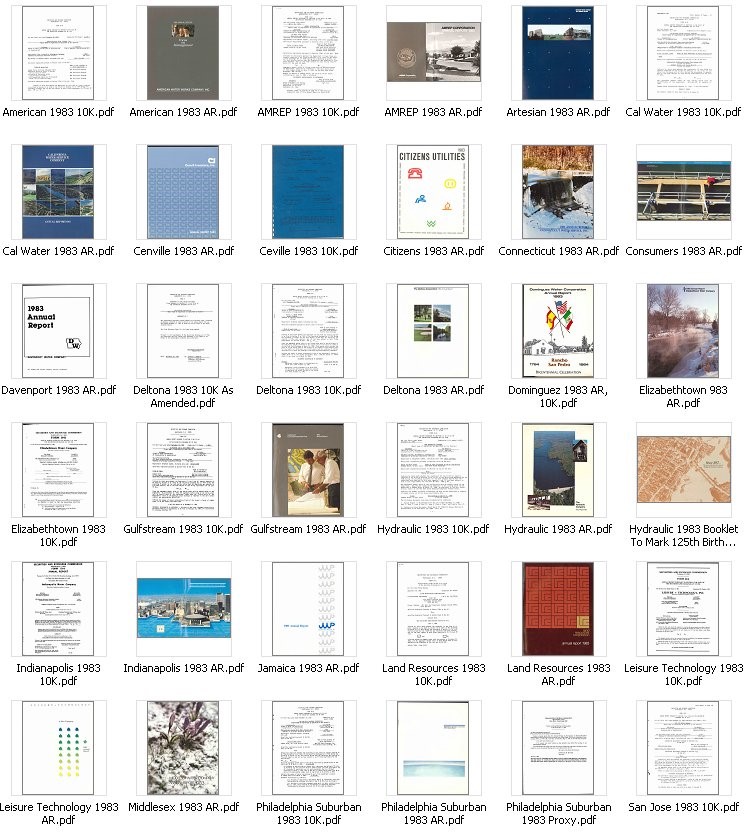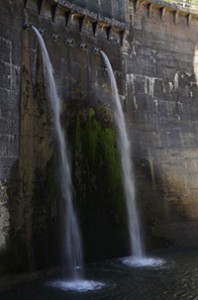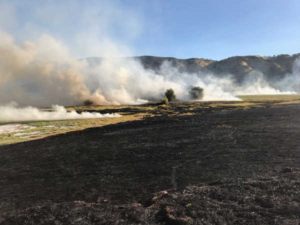The National Association of Water Companies (NAWC) has a new research tool available on its website (www.nawc.com) called Water Glossy, which consists of more than 1,500 water utility annual reports, Securities and Exchange Commission (SEC) Form 10Ks and SEC proxy statements (Form 14As) from 1978 to the present day. Developed by Suburban Water Systems and donated to NAWC, Water Glossy allows researchers and other users to make precise searches of historical water utility financial reports – all with just a few computer keystrokes.
There are at least four uses for Water Glossy…it provides:
- A boundless trove of creative ideas for financial presentations, speeches and narratives;
- A previously unknown ability to research examples of shareholder disclosure about unusual events such as storm damage and condemnations;
- A powerful tool for crafting financial statement footnotes using other water utilities’ financial statements as a guide; and
- A new and powerful approach for identifying methods of accounting used by other water utilities.
Annual Reports to Shareholders
What is Special about Glossies?
Today, annual reports to shareholders often are minimalist documents called “10K wraps” and are not much more than data dumps from SEC lawyers. Back in the age of thick glossy paper, the best annual reports were four-color masterpieces with glossy photos deftly woven among charts, loads of financial statistics and thorough analyses of companies’ businesses, competitors and prospects. Annual reports were both comprehensive and comprehensible. Some were spectacular anniversary issues celebrating companies’ historic milestones. In Water Glossy, the user will see some of the very best. For example, Bridgeport Hydraulic Company’s 125th Birthday issue, published in 1983, was an artistic masterpiece, brilliantly chronicling the utility’s history.
Water Glossy Includes Land Developers
In much of the United States, the story of water is a story of land development. Land developers constructed their own water and sewer systems to serve their communities. They were usually operated as stand-alone utility companies and were subject to conventional rate regulation just like non-developer-owned utilities. Many of the nation’s largest water and sewer utilities began this way, including some California Water Association member companies. Developer utilities were especially common in the South and Southwest, commonly known as the Sun Belt. To reflect a complete picture of investor-owned water companies, Water Glossy includes many of the major land developers: General Development; Leisure Technologies; Gulfstream Land; AMREP; Cenville Communities; Deltona; Land Resources; and Avatar. They often promoted water and sewer development as a necessity for daily life in order to market their land sales. Their heyday was from 1963 to 1973, but almost all of them are now gone.
Water Glossy vs. EDGAR
The SEC’s freely accessible Electronic Data Gathering, Analysis and Retrieval system (EDGAR) is similar to Water Glossy but with two important differences: EDGAR does not have glossies and documents are mostly in HTML format, which excludes photographs and graphics.
How Does Water Glossy Do Searches?
Water Glossy reduces the time to do searches by embedding an index of the words in all the documents. Users search Water Glossy exactly as they would search without embedded indexes – no extra steps are required. Water Glossy also includes metadata to facilitate searches by company name, year and type of document (annual report, 10K or proxy).
You can access Water Glossy here by clicking on Knowledge Center and then on Water Glossy.


